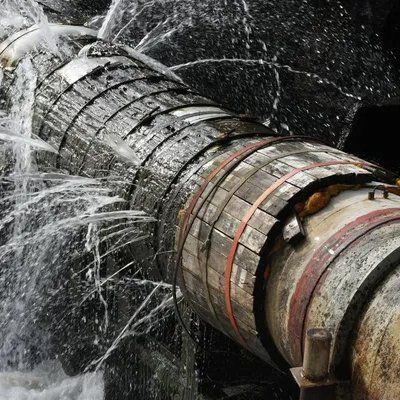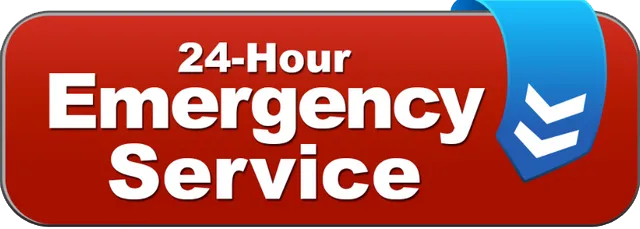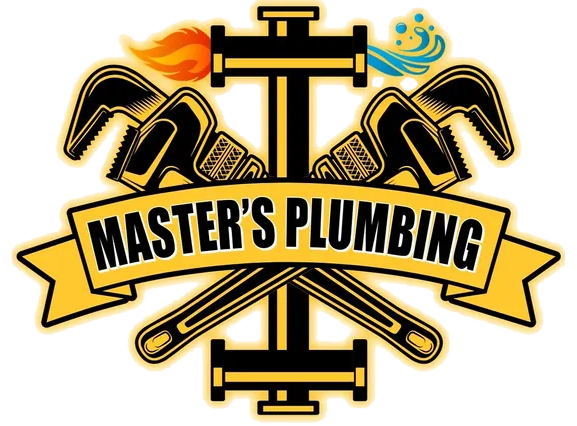
Call For 24/7 Emergency Service
Call Now! 973-313-5469
Main Water/Sewer Lines
Free Service Call W/ Repair
Emergency Services
Licensed and Insured
Repairs on All Major Brands
Senior and 1st Responder Discounts
When You Need Professional Plumbers
Call Now! 973-313-5469
Choose Us for all of your Plumbing Needs!
- Locally Owned & Operated
- Professional and Friendly
- Free Service Call w/ Repair
- No Obligation FREE Estimates
- 24-7 Emergency Service
- Toilet Installation or repair
- Garbage Disposal Installation or repairs
- Drain cleaning/ hydrojetting
- Main Sewer Line - 10% off for Seniors and First Responders
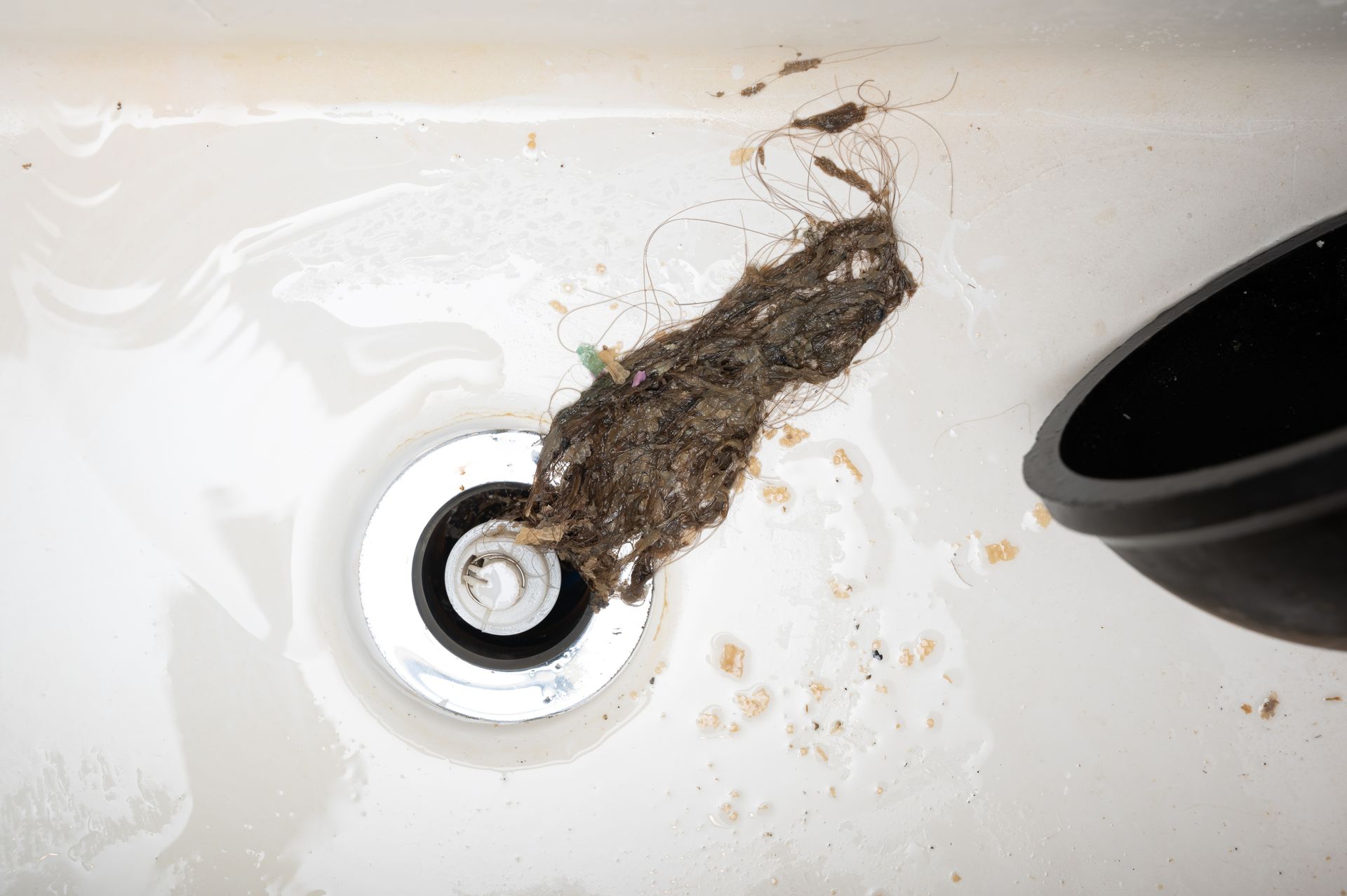
Water Mains - Sewer Mains
What is a Water Main?
If your residence is connected to a public water supply, it is equipped with a water main that brings clean water into the household. You can locate this by locating your home's water meter, which tracks the water flow entering the property for precise billing at the conclusion of each month. The main water supply line comes in various sizes ranging from 1/2” to a maximum of 1 1/2” in diameter, with larger water mains typically found in residences that require higher water volumes, like those with multiple water heaters or elaborate bathing systems.
What is a Main Sewer Line?
The main sewer line is the plumbing conduit responsible for carrying all waste from toilets, tubs, and sinks out of your home and directing it towards the main sewer located beneath the street in front of your residence. Just like the discharge lines within your home, main sewer lines can also experience blockages. An indication of a clog in your main line is the presence of a distinct sewer odor coming from your drains.
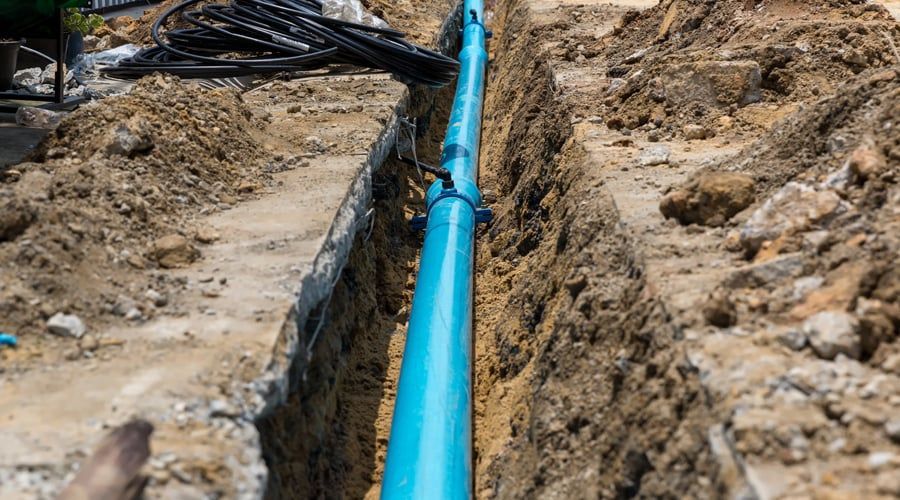

Pipe Locators
What is a pipe locator?
A pipe locator is a specialized tool crafted to pinpoint buried pipes situated underground. In numerous areas, the practice of burying plumbing infrastructure underground, encompassing water and gas lines, as well as conduits for electrical wiring, cable, and other utilities, is widely embraced. The decision to bury plumbing pipes is often driven by various factors, from reducing the risk of storm-related damage to achieving a neat and orderly appearance in a landscape. Nonetheless, a major challenge associated with buried pipes is the potential difficulty in relocating them over time.
How does a pipe locator work
Pipe locators consist of two essential components: a transmitter and a receiver. The transmitter is employed to generate a signal along a pipe or cable, while the receiver, often referred to as a wand, is used to pinpoint the signal emitted by the line.
Utilizing a locator can facilitate the location of a buried pipe when maintenance is required, thereby reducing the necessity for extensive excavation to trace its path. Furthermore, pipe locators play a crucial role in preemptively identifying potential risks prior to any excavation, effectively preventing accidental damage to pipes and utility lines.
Pipe locators are essential tools for mapping out underground utilities and plumbing in a yard or area for future reference. Knowing the approximate location of buried pipes can be invaluable for homeowners, serving as a helpful guide when issues arise or yard maintenance is underway.
Operating a pipe locator effectively requires a certain level of expertise, particularly when dealing with models that offer various functions.
If you require pipe location services due to leaks or for a project that necessitates knowing the exact pipe locations, contact us today.
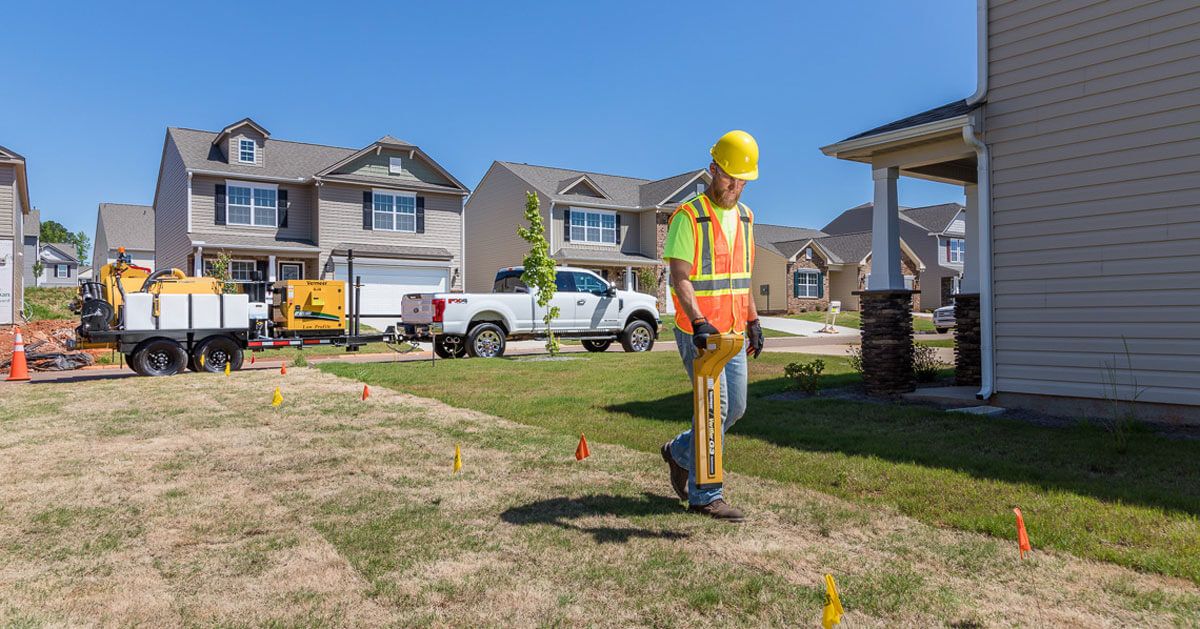
Knowing About your Sewer Main Lines!
Many residences are equipped with a "Sewer Main Clean Out," a small section of the sewer line that can be easily accessed by simply unscrewing the cap. In the event of a blockage in the sewer line, clearing it through the clean-out is a more convenient option. These lines are typically linked to the city's sewer system and are usually situated below the street level. A typical sewer line has a diameter of four to six inches and is sloped downwards to facilitate the smooth flow of water away from your home and towards the city's sewer system.
Sewer line clogs
Although measuring 4-6 inches wide, these lines are not particularly large and are prone to developing buildup and clogs over time depending on your home’s water usage and the care taken when disposing of items in toilets and drain lines. Typically, clogged sewer lines affect toilets first as these fixtures drain directly into the municipal sewer line. Small clogs may cause drains in your home to act abnormally or drain slowly, while significant clogs could lead to wastewater backing up into your home, resulting in severe water damage and potential health risks for your family.
It is crucial for professional plumbers to address sewer line clogs as hydro jetting equipment can often clear out clogs, allowing plumbers to assess the line's condition using camera inspection technology. If the sewer line has been compromised, your plumber may suggest trench-less pipe repairs to restore the line’s integrity while preserving your landscaping.
The Grass is Always Greener
Another telltale sign that you have a sewer line leak problem is the grass on your lawn will be greener and thicker where the breach is. This occurs because the excess moisture and nutrients from the leaking sewer line can act as a fertilizer, promoting rapid growth in the affected area. Additionally, the lush green appearance of the grass in that specific spot can serve as a visual indicator that there may be an underground issue that needs to be addressed promptly to prevent further damage to your property.
Tree roots can break your sewer lines
One of the most significant threats to the integrity of your sewer line comes from tree roots. It's crucial to know the exact location of your sewer line before planting any trees, as tree roots can cause extensive damage. By selecting only sewer-safe trees for the area surrounding your sewer line, you can minimize the risk of root intrusion. Tree roots possess remarkable strength, capable of penetrating even the smallest cracks in your sewer line in their quest for water. Taking preventive measures such as planting the right trees in the right place can help safeguard your sewer system from potential root damage in the long run.
When You Need Professional Plumbers
Call Now! 973-313-5469
We Serve Essex and Union Counties
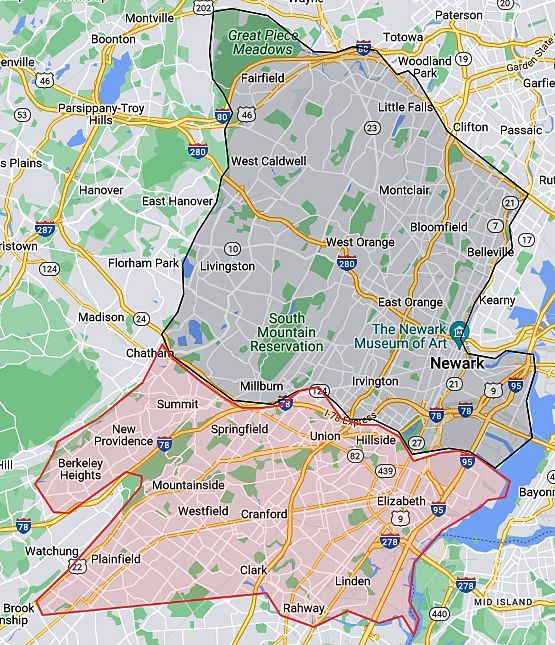
Essex County
Fairfield
North Caldwell
Little Falls
Cedar Grove
West Caldwell
Verona
Montclair
Nutley
Roseland
West Orange
Livingston
Belleville
East Orange
Maplewood
Irvington
Newark
Millburn
Union County
Summit
New Providence
Springfield
Berkeley Heights
Union
Hillside
Elizabeth
Mountainside
Westfield
Cranford
Garwood
Scotch Plains
Plainfield
Winfield
Clark
Linden
Rahway
We Serve Morris County and surrounding areas
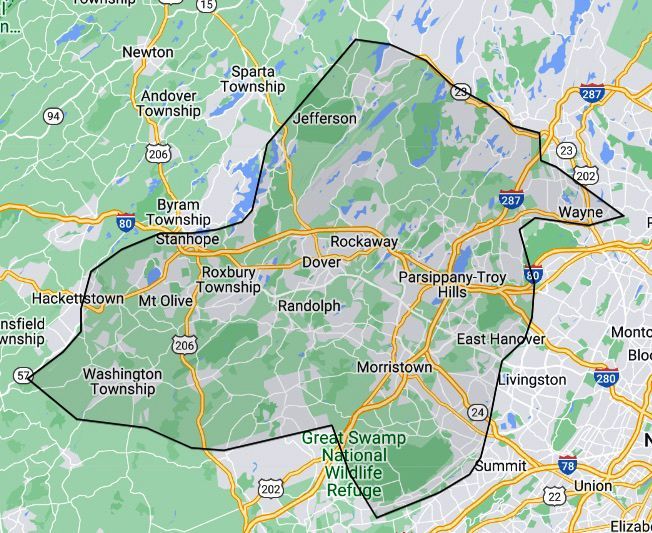
Jefferson
Lake Hopatcong
Wayne
Rockaway Township
Montville
Wharton
Stanhope
Roxbury Township
Mt Olive
Dover
East Hanover
Morristown
Chester
Washington Township
Florham Park
Long Hill
Parsippany-Troy Hills
When You Need Professional Plumbers
Call Now! 973-313-5469
